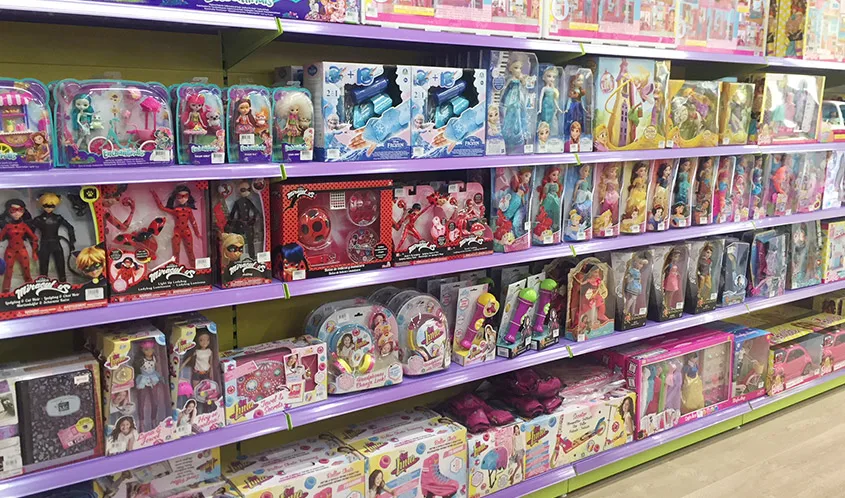THOUGHTS ON THE CURRENT TOY MARKET
From JUGUETES Magazine, Spain
The Spanish toy market is currently immersed in a whole new scenario. The economic results from 2017 were not what the industry expected, and that influenced activity this year, which will also impact next year. Meanwhile, society is experiencing big changes that are affecting companies’ results, in addition to a low birth rate and the effect the Internet is having on consumption. With this new gradual paradigm, industry actors are expected to have more agility when it comes to giving answers and responding to new consumer demands.
With this article, we reflect on some of the key aspects that define the reality of the Spanish toy industry, taking into account all the agents that participate in it.
CONSUMER
– It is important to distinguish between the consumer (the child who is the target and the one for whom the toys are intended) and the buyer (parents, relatives, or friends who actually buy toys, influenced or not by their children).
– Spain is currently trapped in an alarmingly low birth rate. Since 2008, the number of births has fallen 24.6 percent, a trend that is expected to continue the next following years.
– Lower birth rates also mean less target audience for toy companies and a drop in the playing age. About a decade ago, children played with toys until they were 12, but now children feel they are old enough to stop playing with toys at of 8 or 9, which means the target audience is even more reduced.
– Loyalty is another problem companies also have to face. Children are less loyal now because they have a bigger offering to choose from. Smartphones, tablets, and new digital content expand the entertainment offerings for children beyond toys or TV.
– The Internet has a great effect on buyers. With more access to information and being able to compare products, buyers are now more demanding and call for immediacy in their requests. Furthermore, consumption habits have changed and sometimes buyers prefer to spend money on family leisure activities, rather than spending on toys.
INDUSTRY
– The Spanish toy industry has high quality and innovation levels, which generate an intense competitiveness amongst products and brands, creating a complex environment.
– The Spanish toy market is a diversified and mature sector, which is currently defined by an oversupply on products. The industry is continually presenting new additions and innovations that the market cannot absorb, whilst its target audience is being reduced.
– The Internet has also changed the way brands and consumers interact, meaning the traditional communication and marketing strategies have expired. Likewise, marketing mix’ variables have evolved, giving rise to new communication formats to connect with both the consumer (children) and buyers (adults).
– Regarding toy trends, it is worth stressing that licensed toys are still falling YTD, and registered a 7.9 percent fall in the second quarter of the year. Professionals point that there is no license powerful enough to drive licensed toys sales in the Spanish market.
RETAIL
– Even though e-commerce is getting stronger in the Spanish market, it still has room for growth compared to its impact on other European markets. Amazon confirms its strong position, and the electronic commerce giant is now one of the major clients for some toys and games manufacturers.
– The growth of e-commerce will predictably modify the structure and dynamics of the market, transforming the context in what can be both a challenge and an opportunity for retailers.
– Current strategies are now outdated, and special promotions and discounts do not favor the toy image. These strategies do not increase market share, but the sales are anticipated at a lower trade margin.
– Children’s likes and preferences are changing as well, which means retailers have to study again how to adapt to them, drawing new strategies based on the new demands. At this point, it is necessary to break with traditional schemes and reflect upon what kind of business is more appropriate in the current times.

